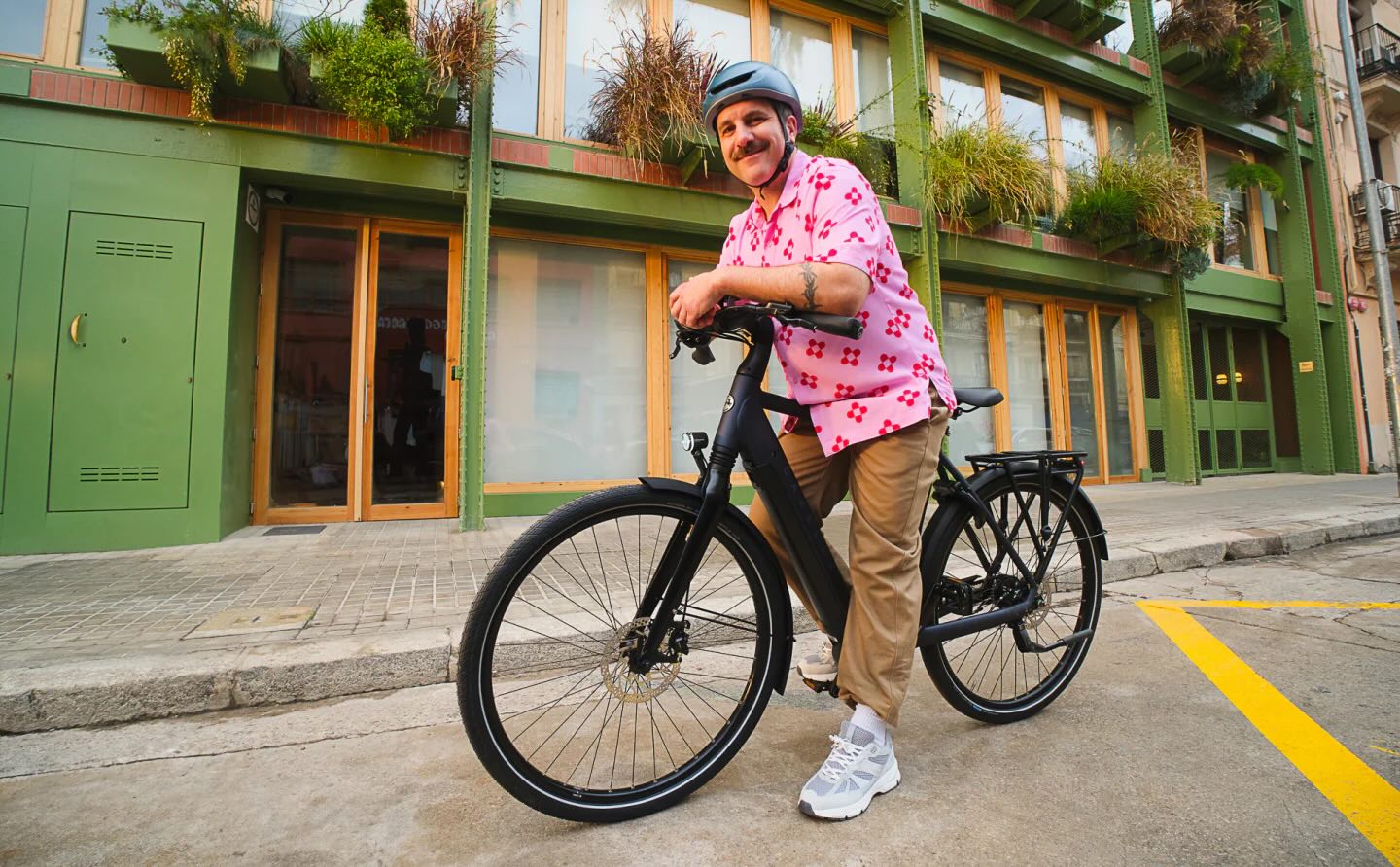Hunting is a way of life for many Indigenous communities. It provides food and serves deeper purposes of connecting people to their land and carrying cultural and spiritual traditions passed down through generations. This is true for India's Konyak tribe, although the community is beginning to trade its hunting practices for forest restoration, reported DW.
The transition came after Wanmai Konyak noticed that wildlife was slowly disappearing from the forests where the tribe hunted. While visiting a Himalayan village in 2015, Wanmai noticed how the village actively protected its wildlife to encourage biodiversity.
When he returned home, Wanmai began a biodiversity management committee in his village. Its goal: to restore forest patches that were once home to migratory birds. To accomplish this, the committee banned hunting in these forested areas.
Protecting wildlife habitats through similar bans in other parts of the world has promoted biodiversity and community well-being. For example, lawmakers working toward banning fox hunting in Europe are doing so to keep foxes safe. But the ban also prevents hunting hounds from moving through communities — a potentially dangerous practice if people or pets get in their way.
By giving local species a chance to recover, the Konyak tribe creates room for healthier food systems and a deeper appreciation for the land. Over time, restored forests can even provide cleaner air and healthier soils, both of which support long-term community health and well-being.
Still, while accepted, not everyone has completely latched onto the idea of conservation within the tribe. When Wanmai brought up the idea of forest conservation in village council meetings, it was a new concept. The tribe traditionally practices jhum. This generations-old technique involves burning forested land and planting new crops in the enriched soil. Protecting all surrounding forests would essentially eliminate jhum, something the tribe isn't quite ready to part with as a whole.
TCD Picks » Upway Spotlight
💡Upway makes it easy to find discounts of up to 60% on premium e-bike brands
For now, the committee has limited the protected area to around 10 acres with more than 3,000 saplings.
In a video published by DW, Wanmai and other conservation educators within the tribe say they focus most of their efforts on educating the youngest members. "We have been working together to build or design a youth engagement model … involving the youth and the children of the village in the restoration efforts in a way that they may find culturally relevant," said Nayantara Siruguri, a cultural ecologist. Specifically, educators teach youngsters the importance of trees and the roles they play in a strong ecosystem.
And while small Konyak groups still hunt, Wanmai is happy that the practice is becoming less common. Combined with other hunting and fishing bans, like Operation Turtle Dove and a three-month tourism ban in the UNESCO World Heritage Site, the Konyak tribe's efforts could promote real change.
"Real transformation happens when communities are seen not just as beneficiaries, but as co-creators," said Vishal Chowla, Director at the RoundGlass Foundation, when discussing the power of communities, like the Konyak's, in increasing biodiversity.
|
Should the government be able to control how we heat our homes? Click your choice to see results and speak your mind. |
Join our free newsletter for good news and useful tips, and don't miss this cool list of easy ways to help yourself while helping the planet.

















